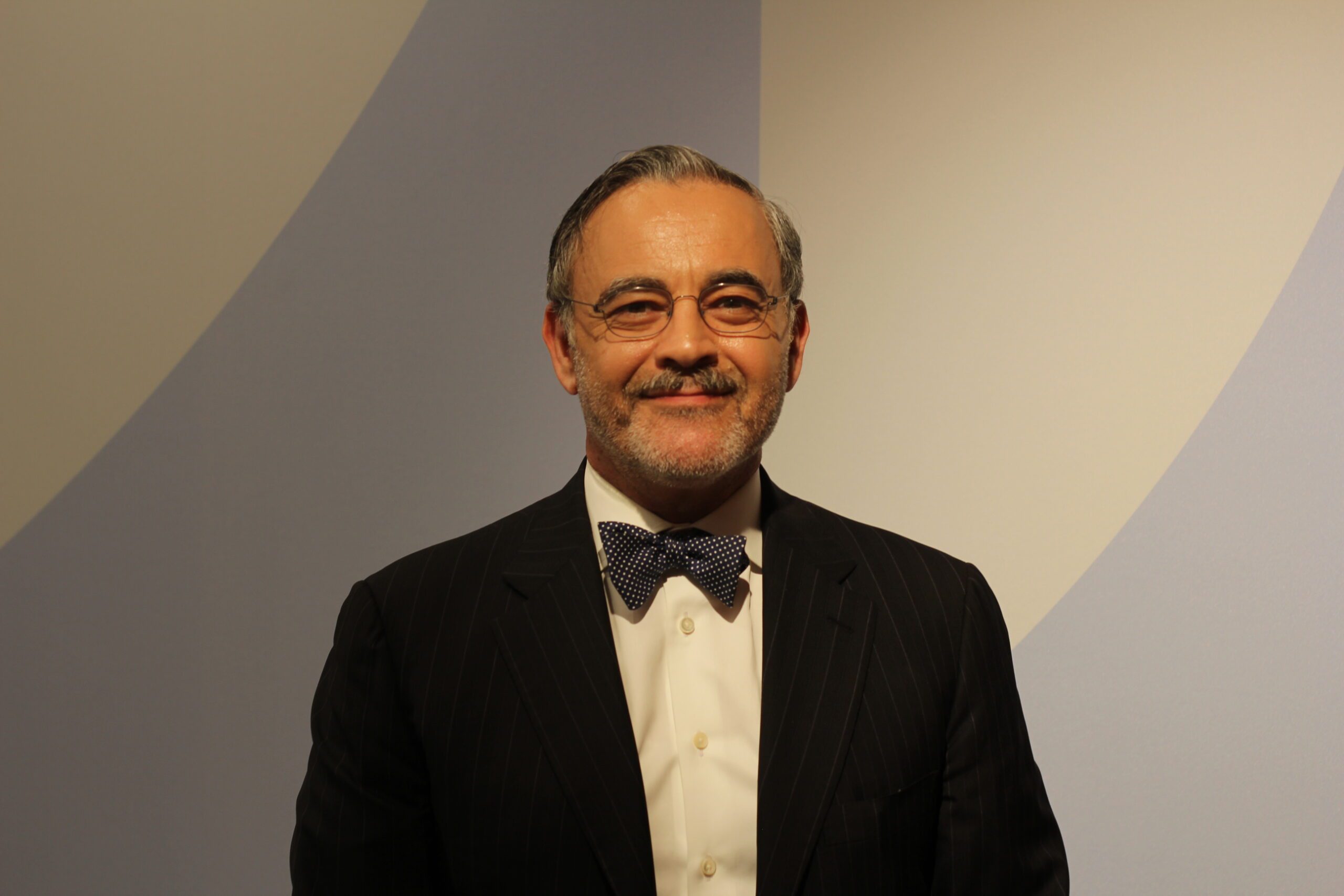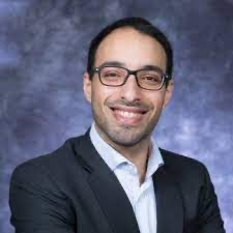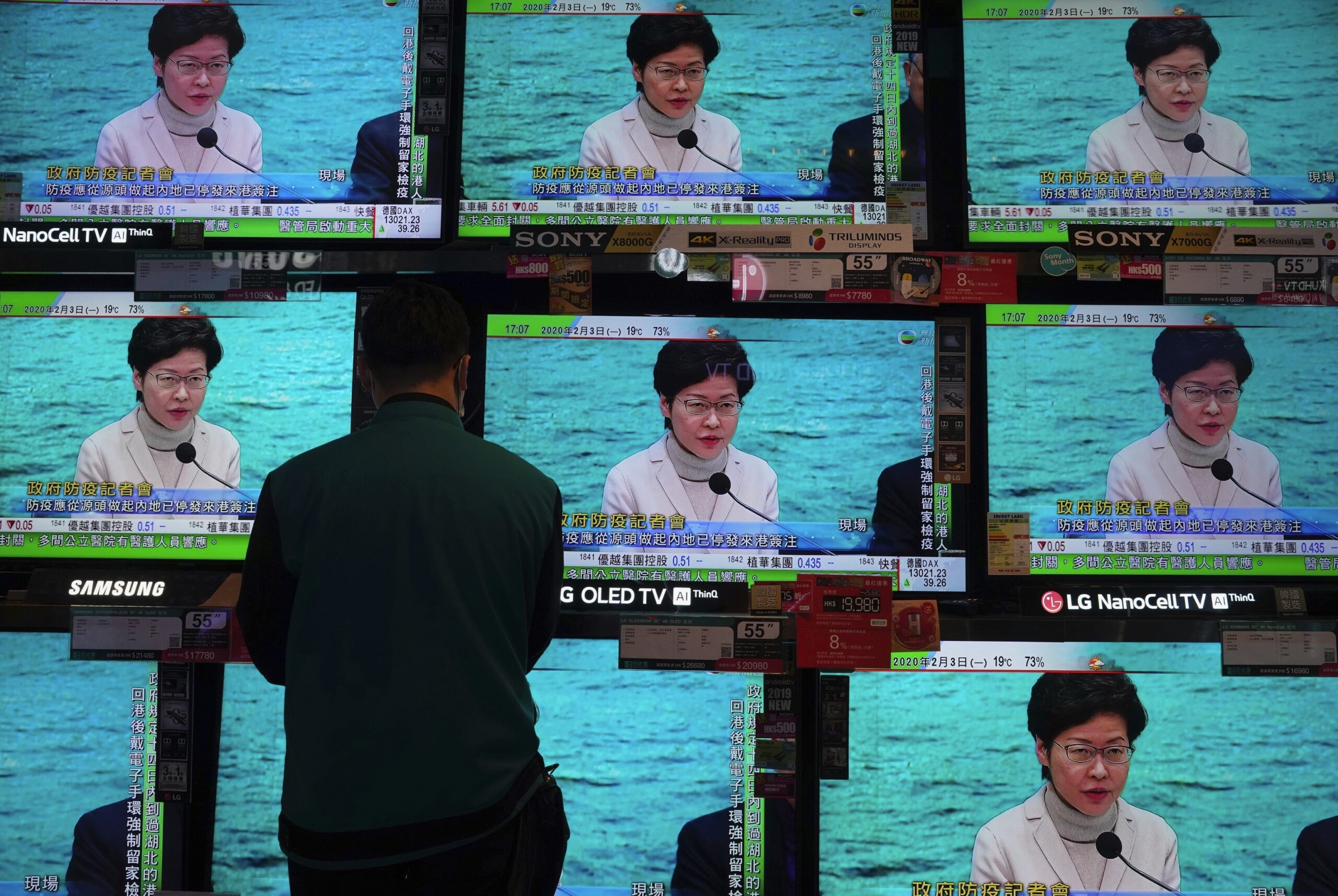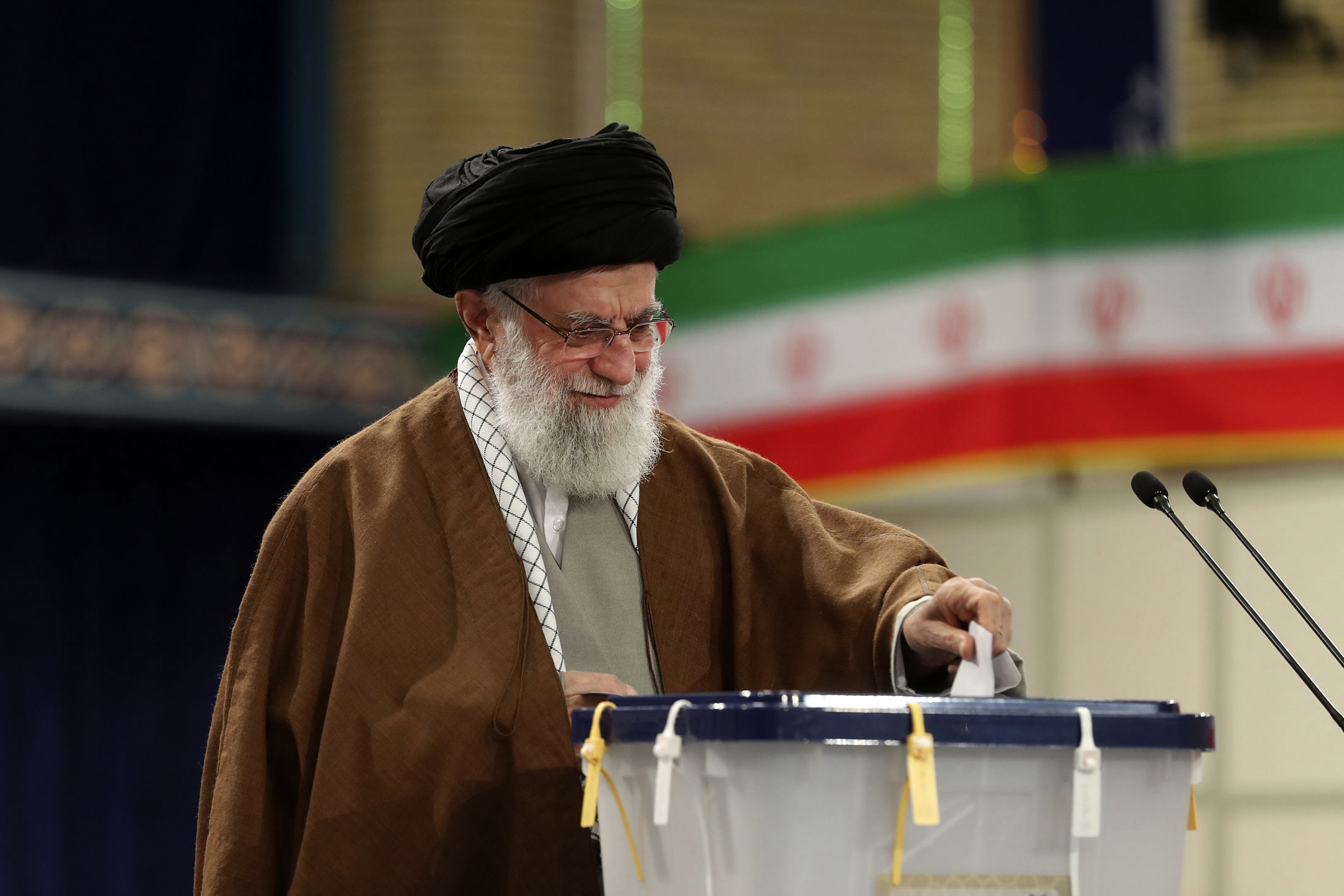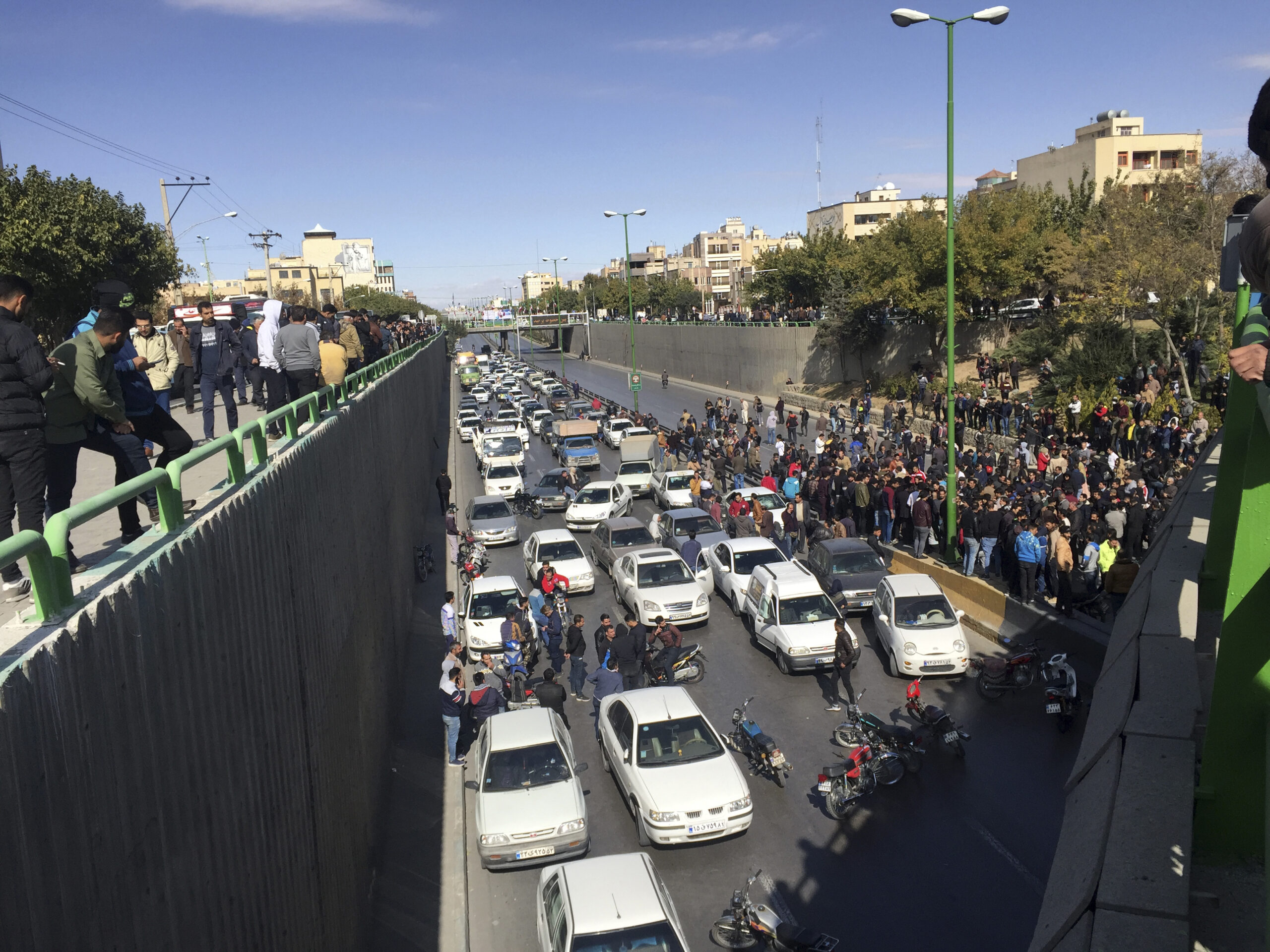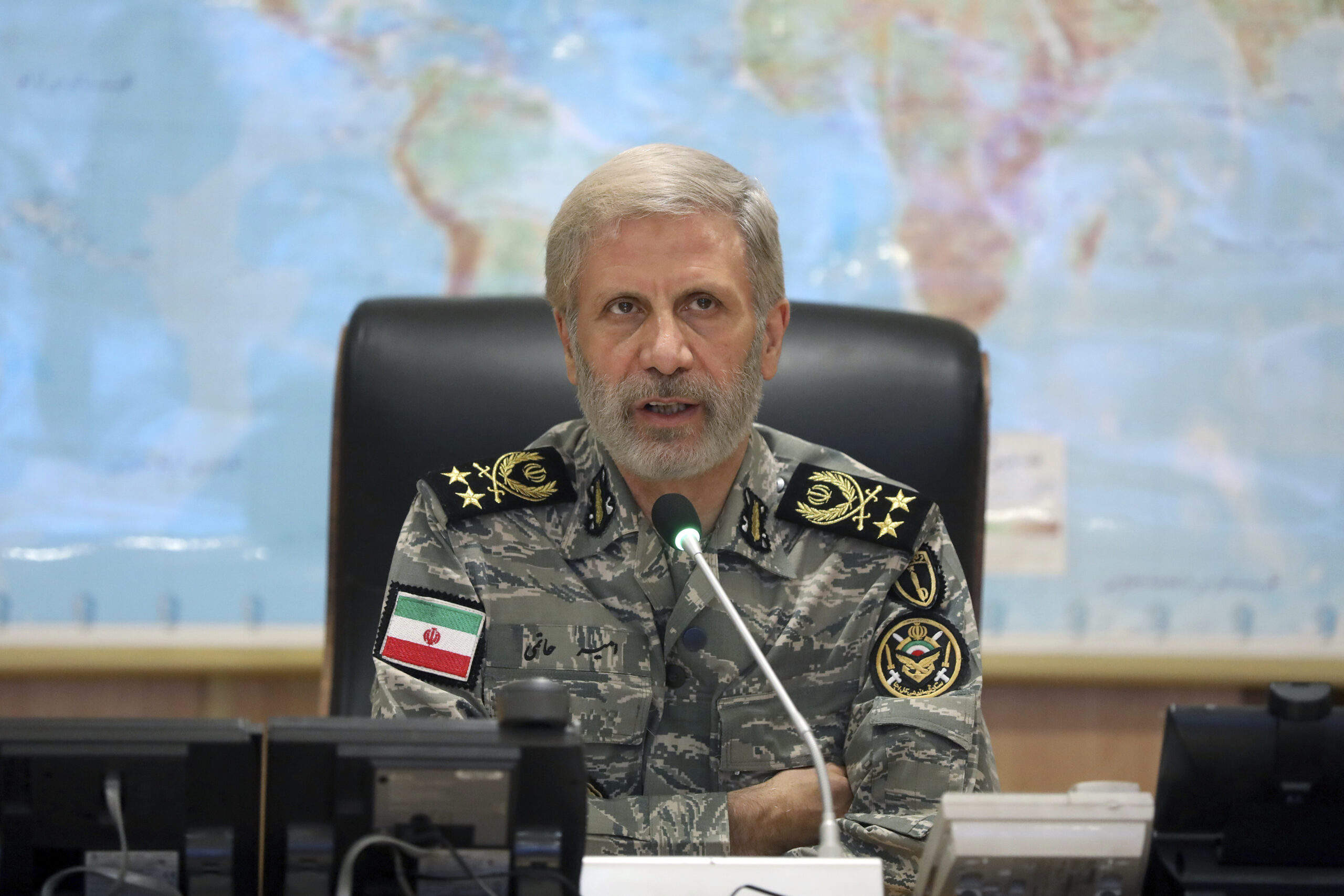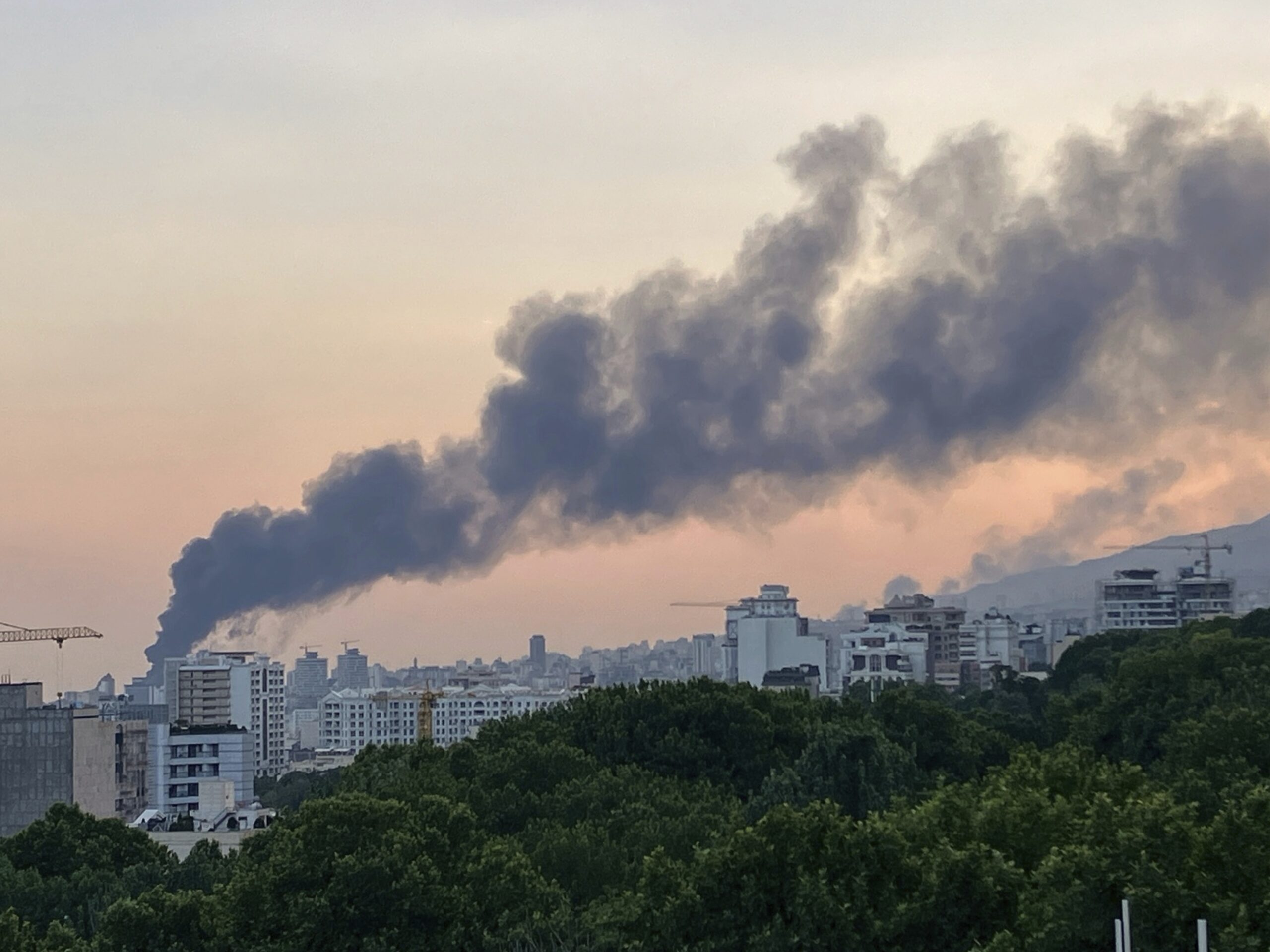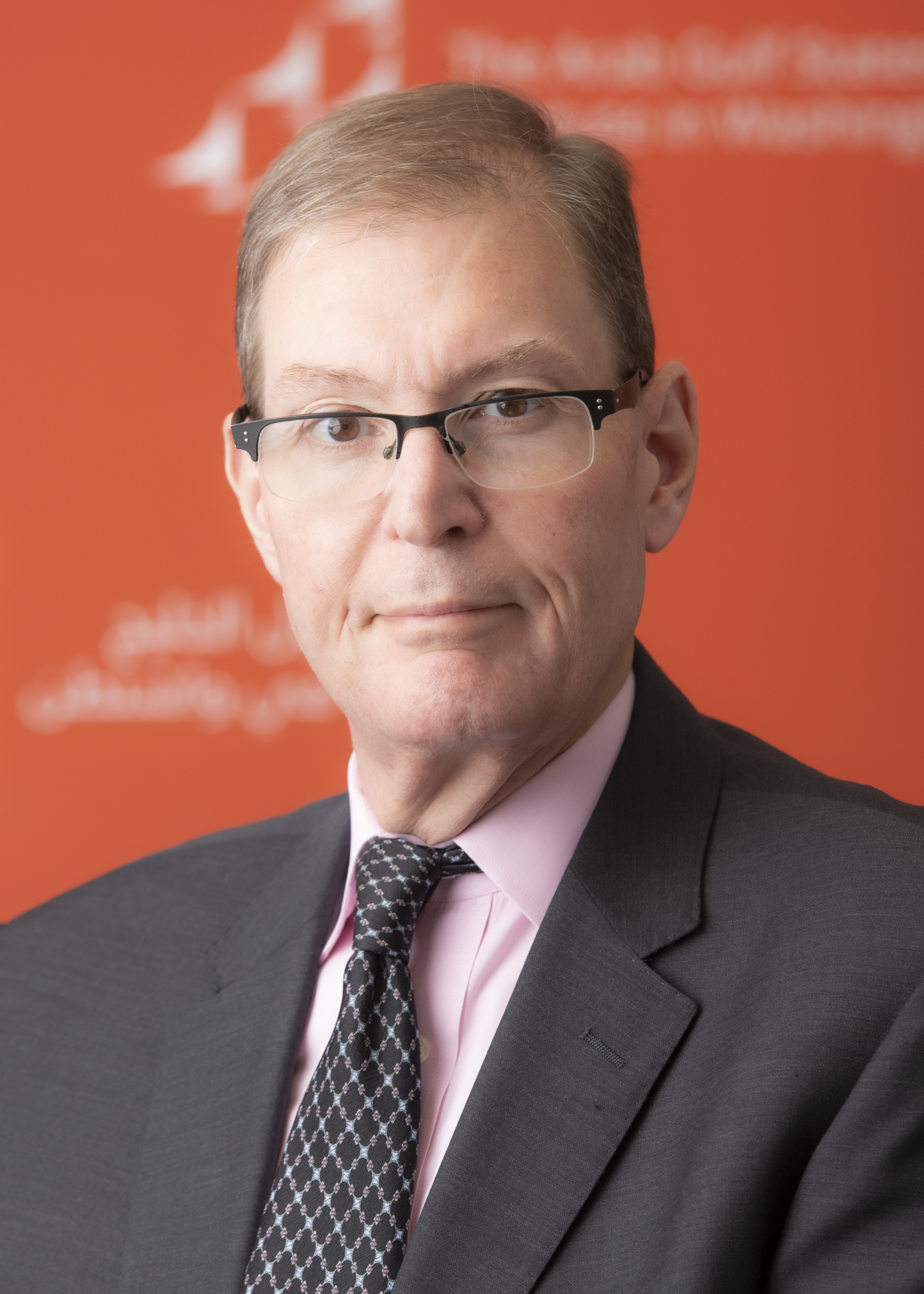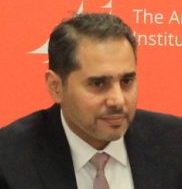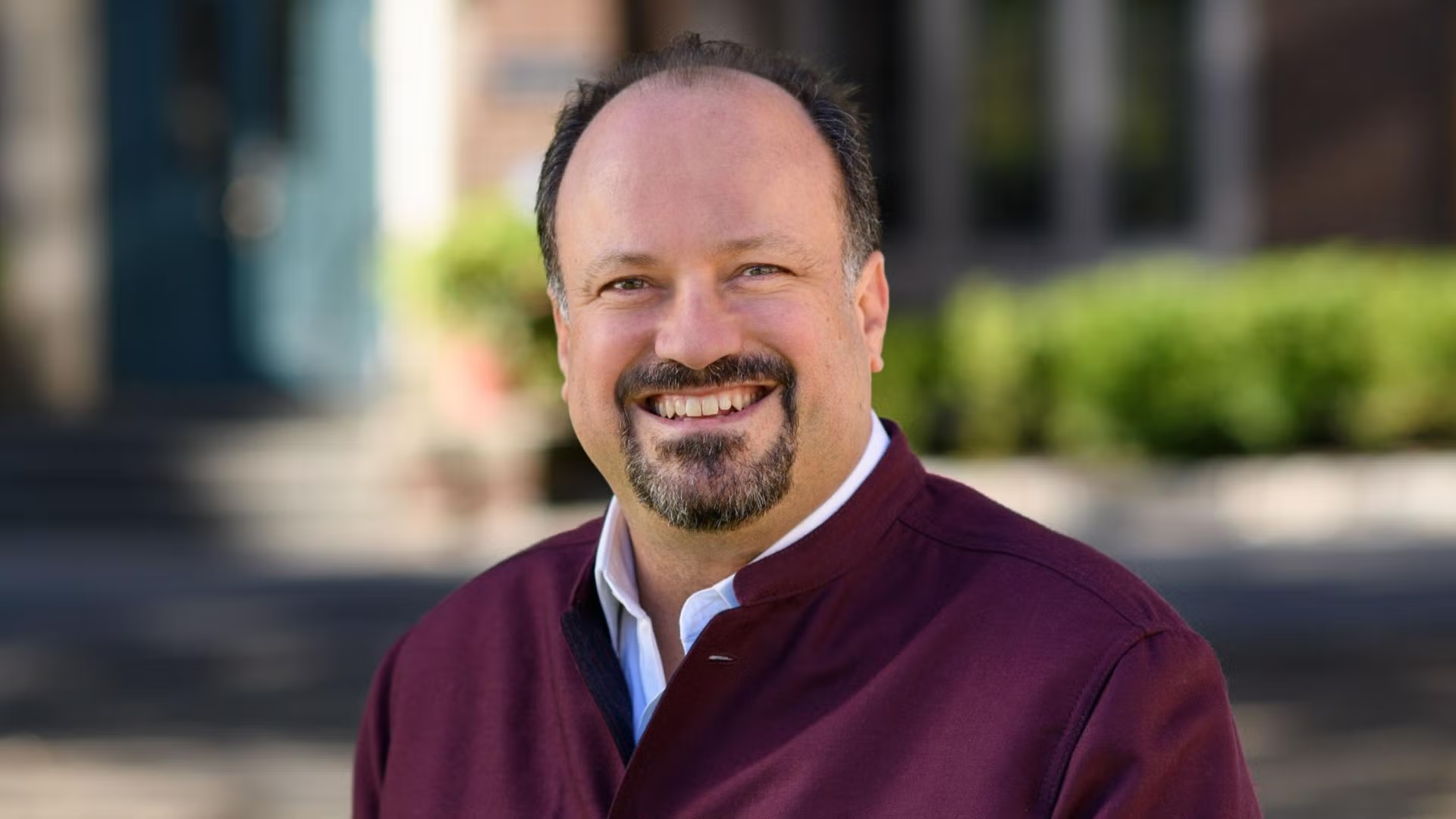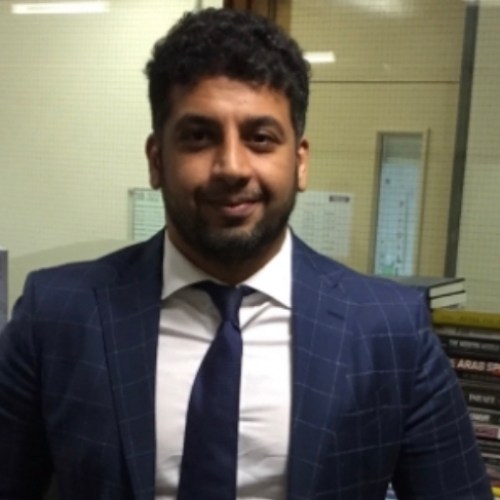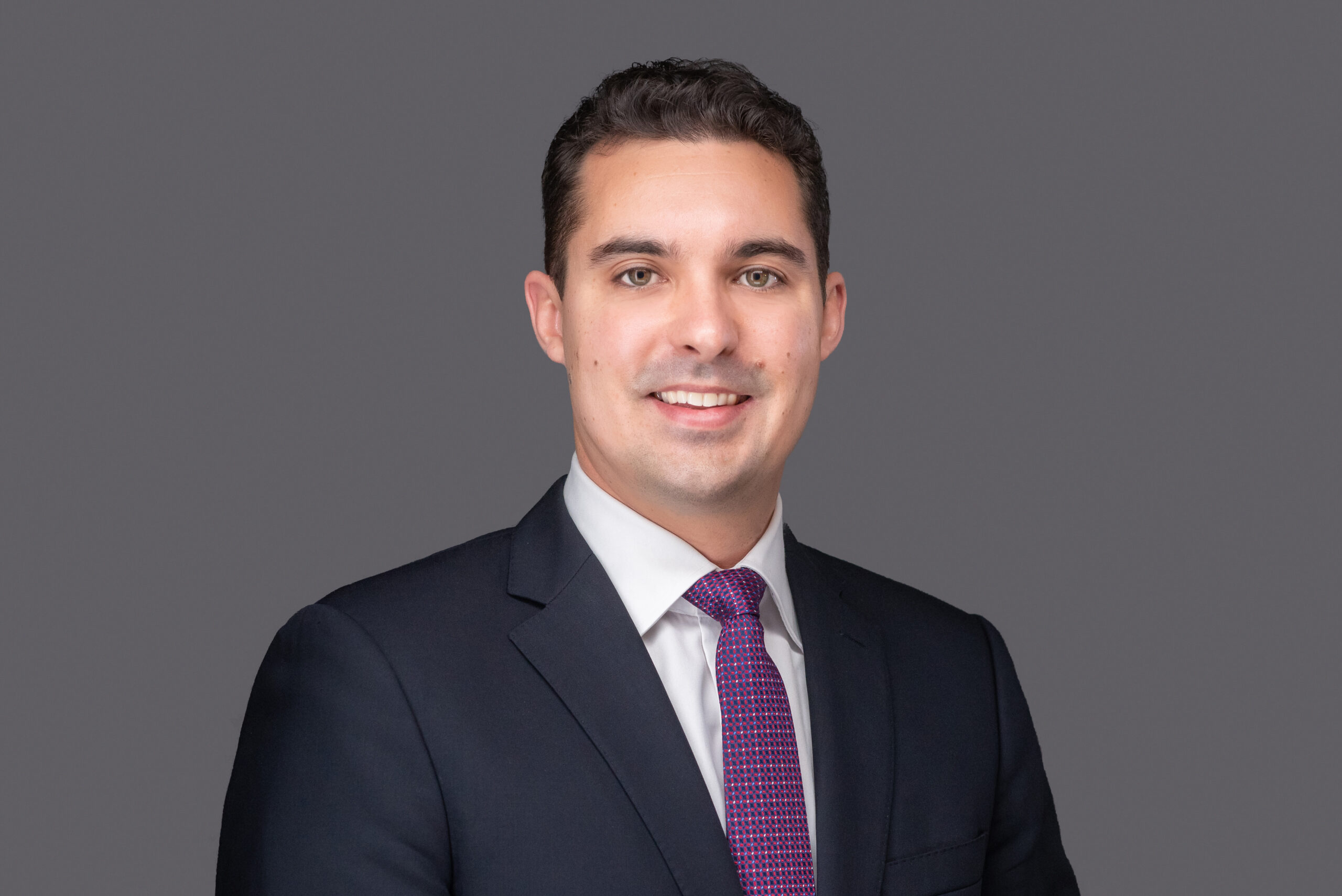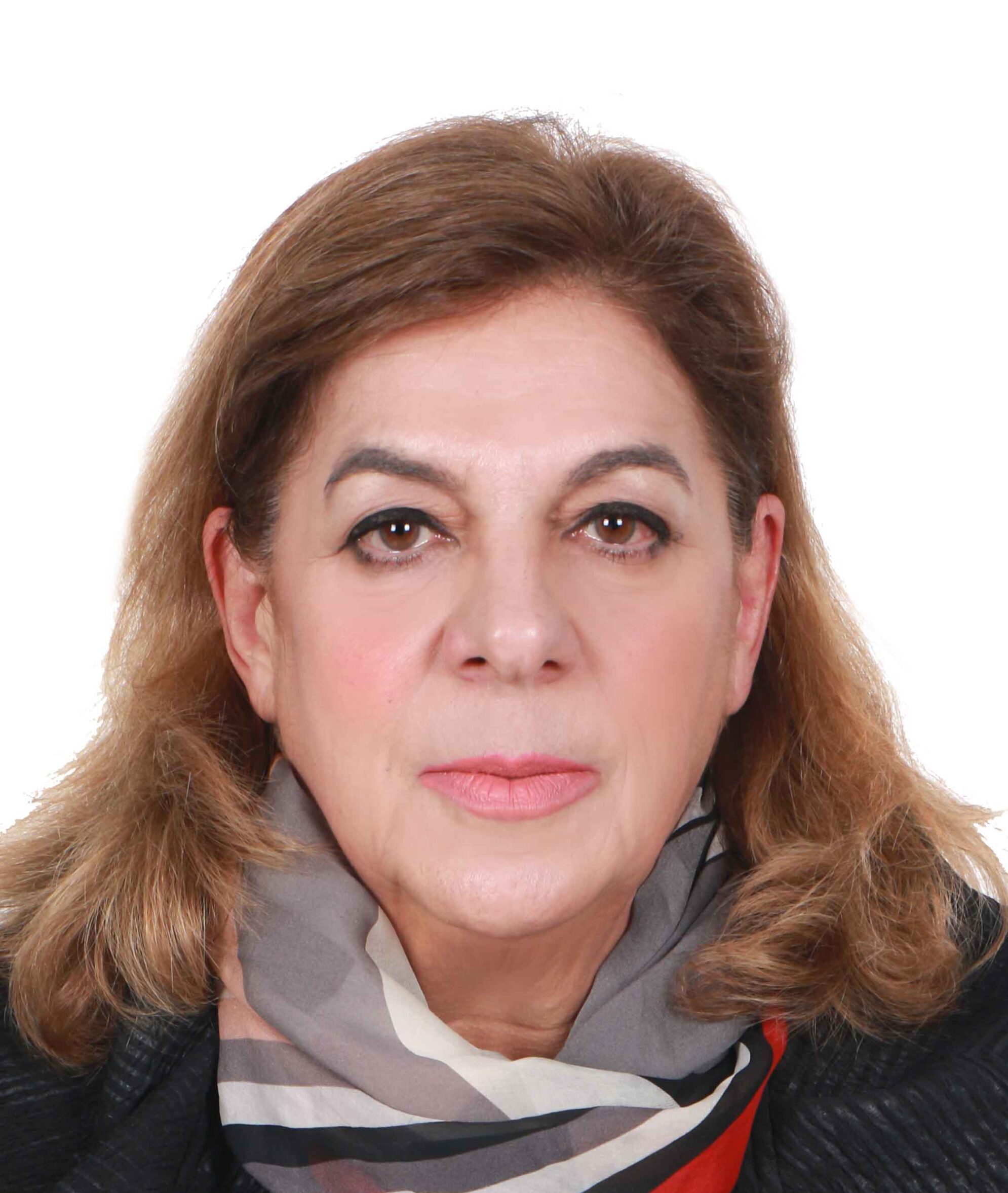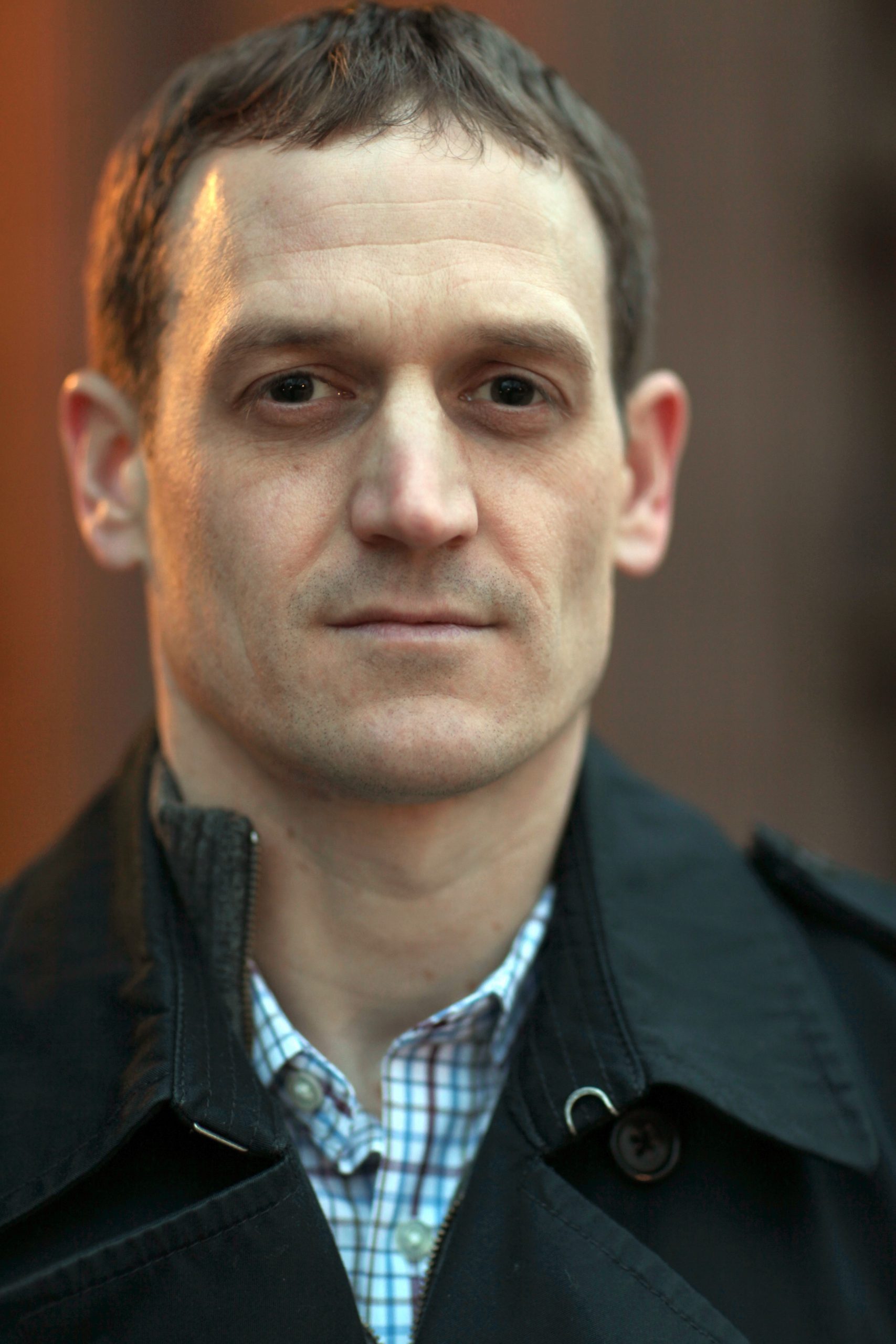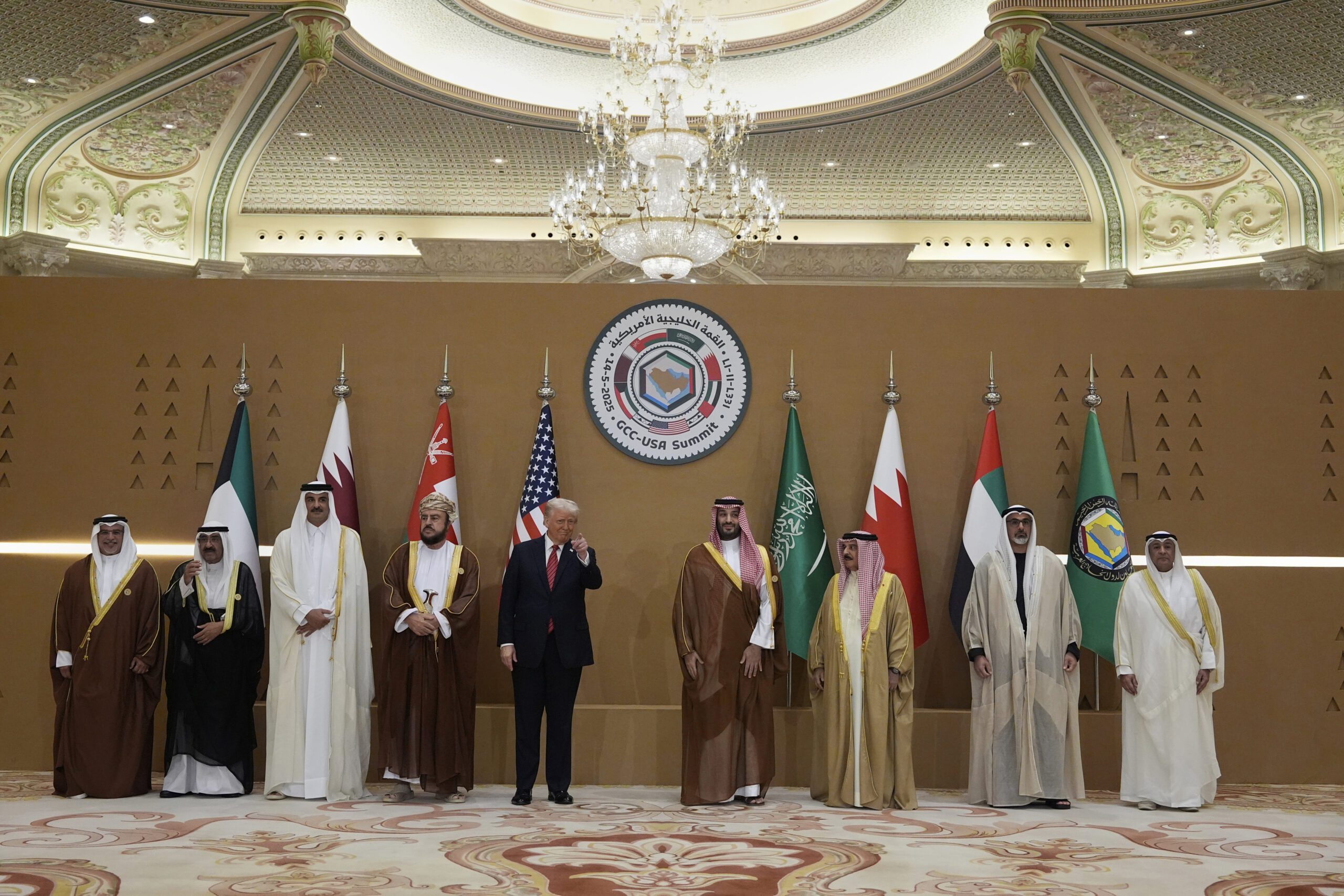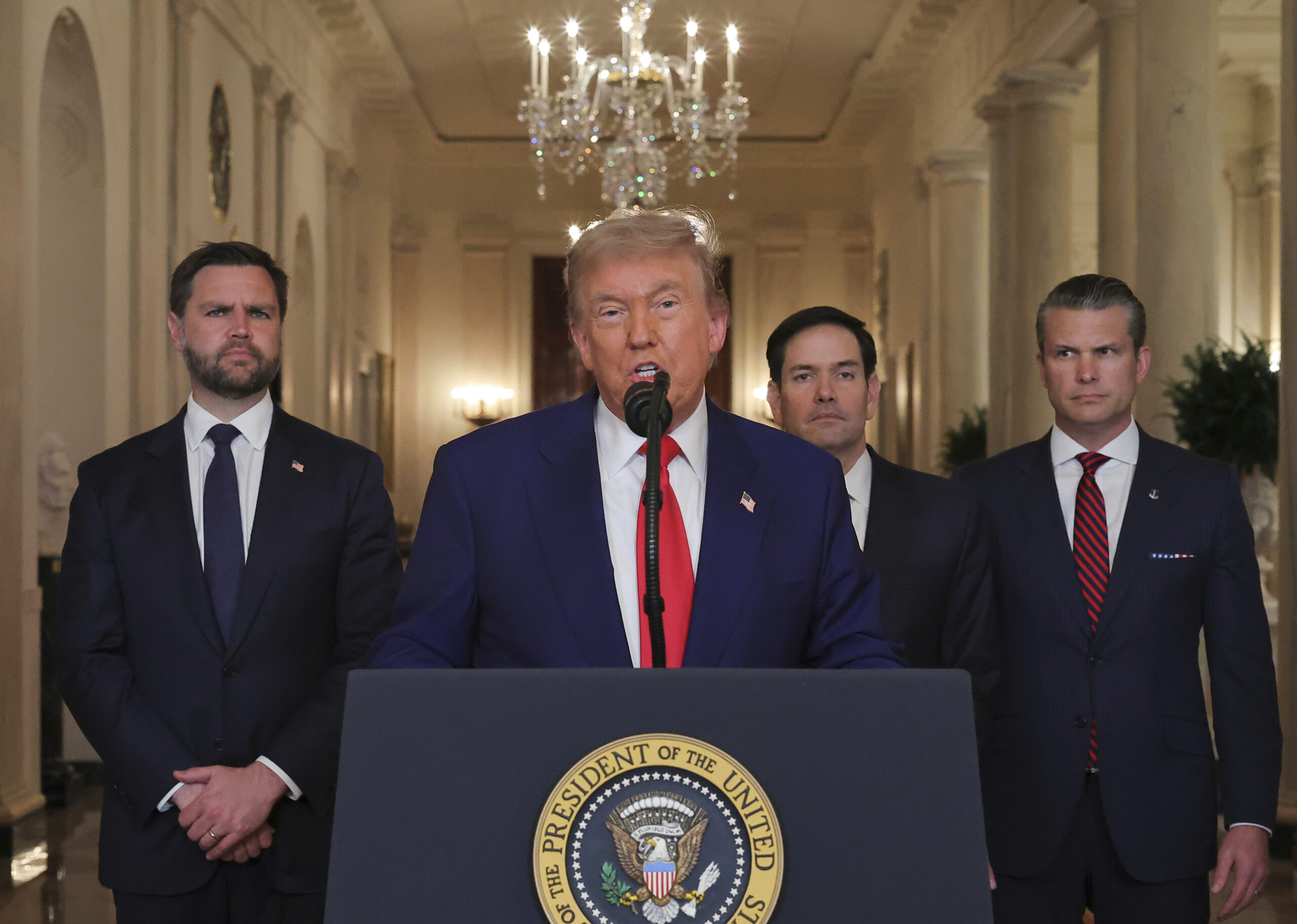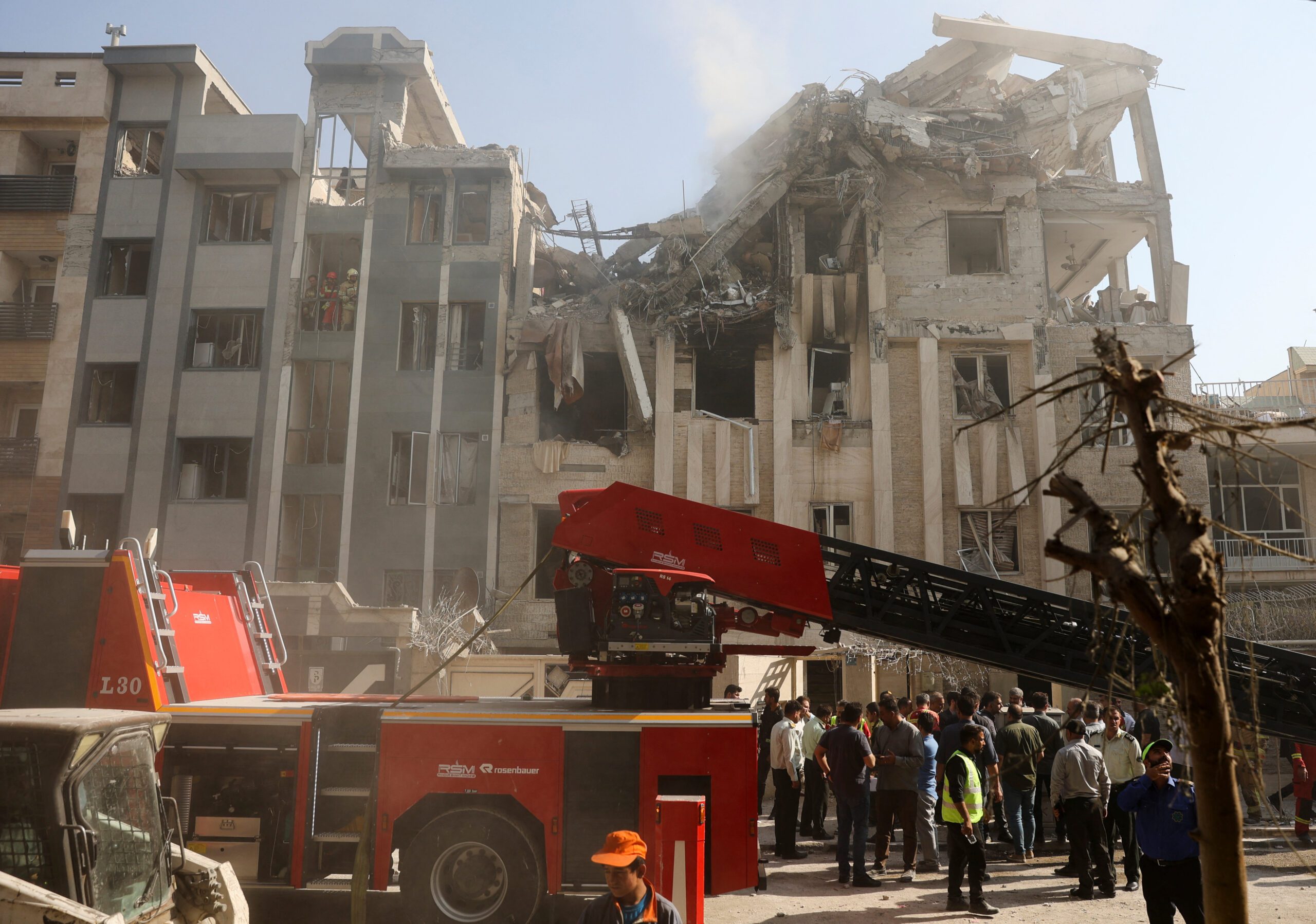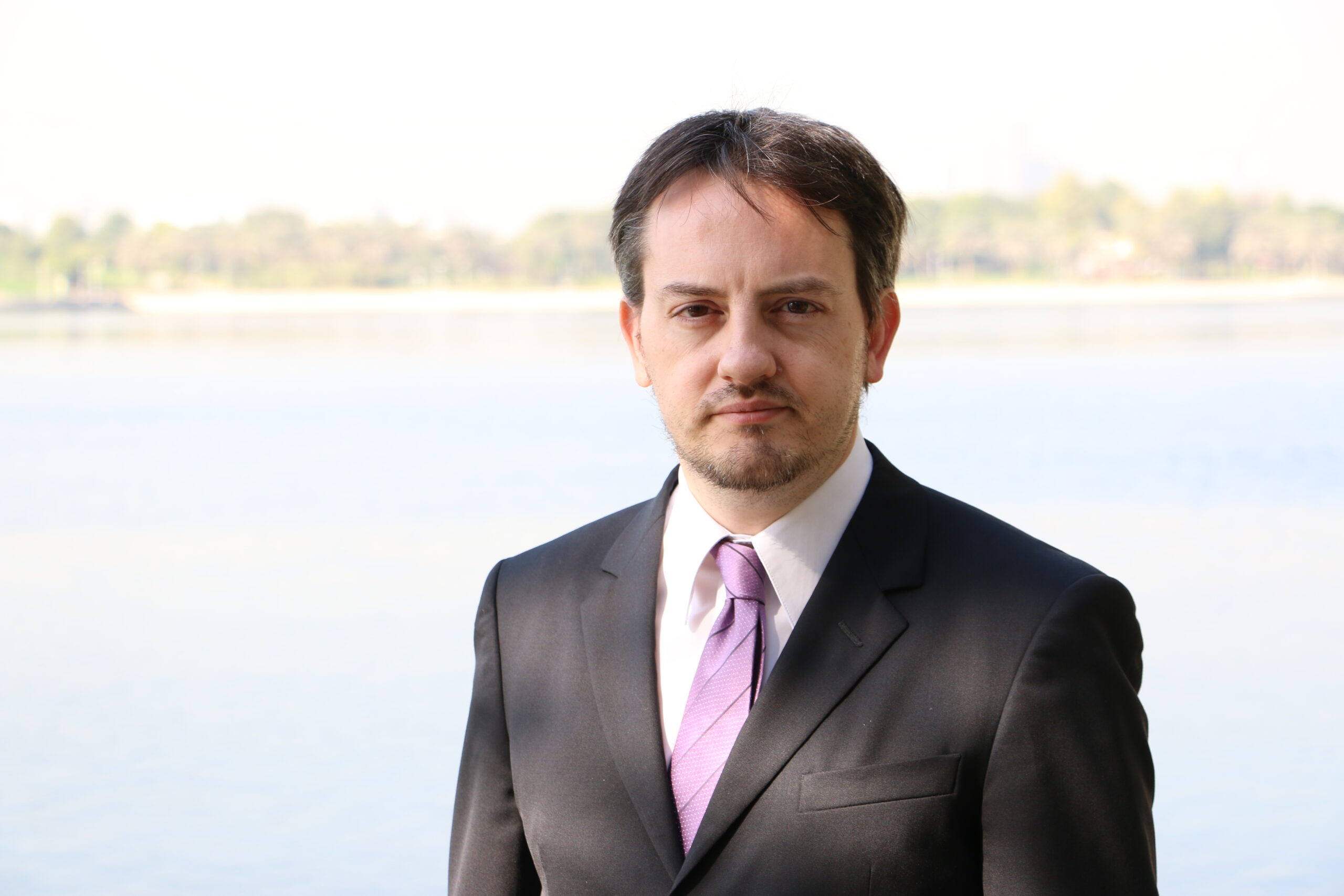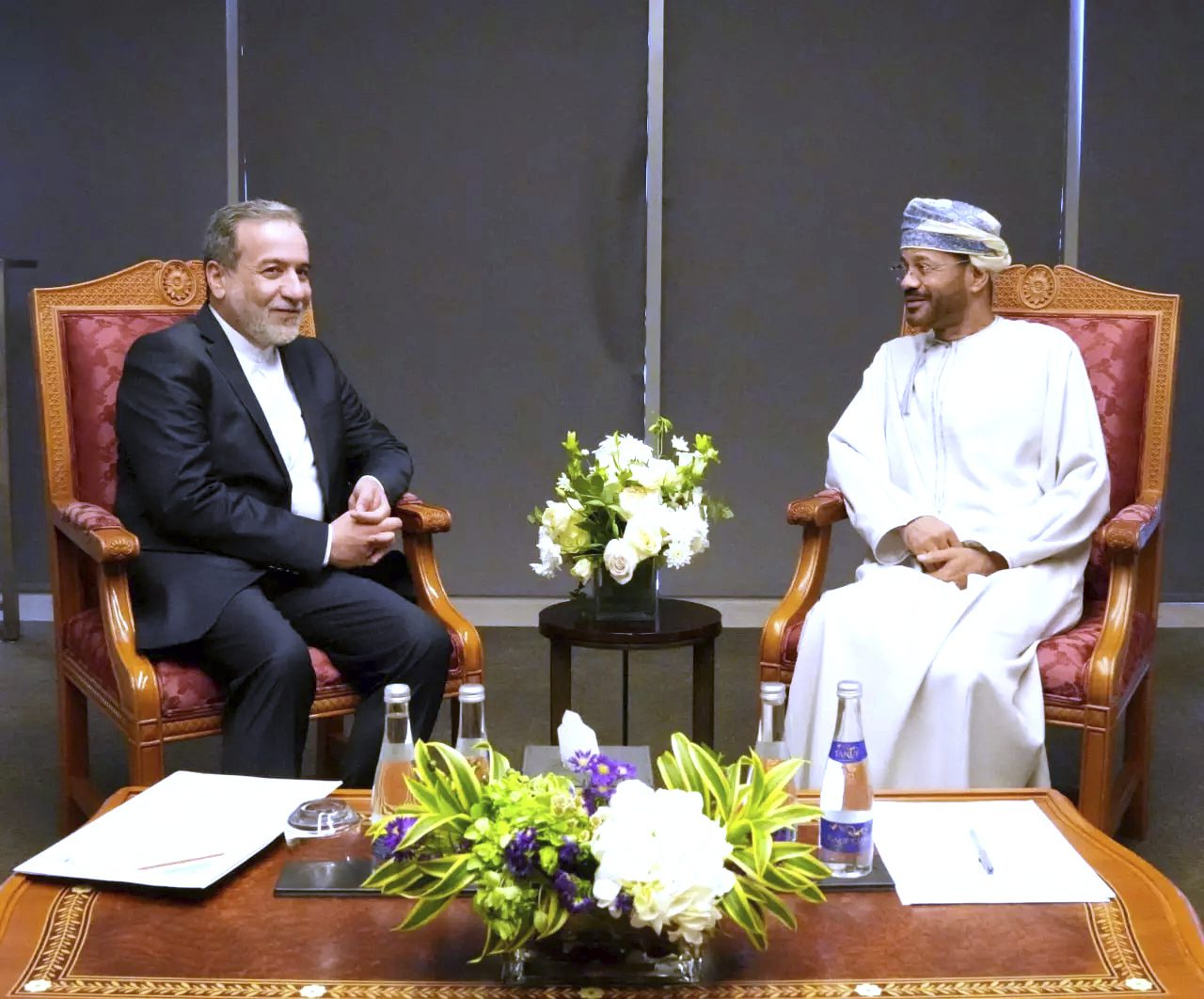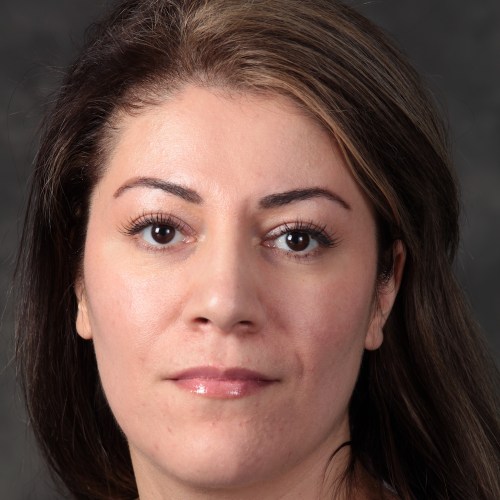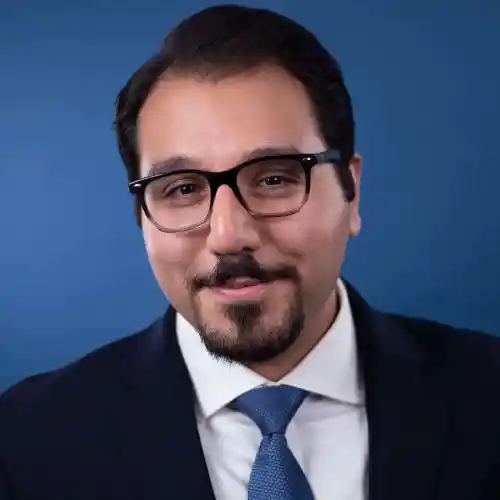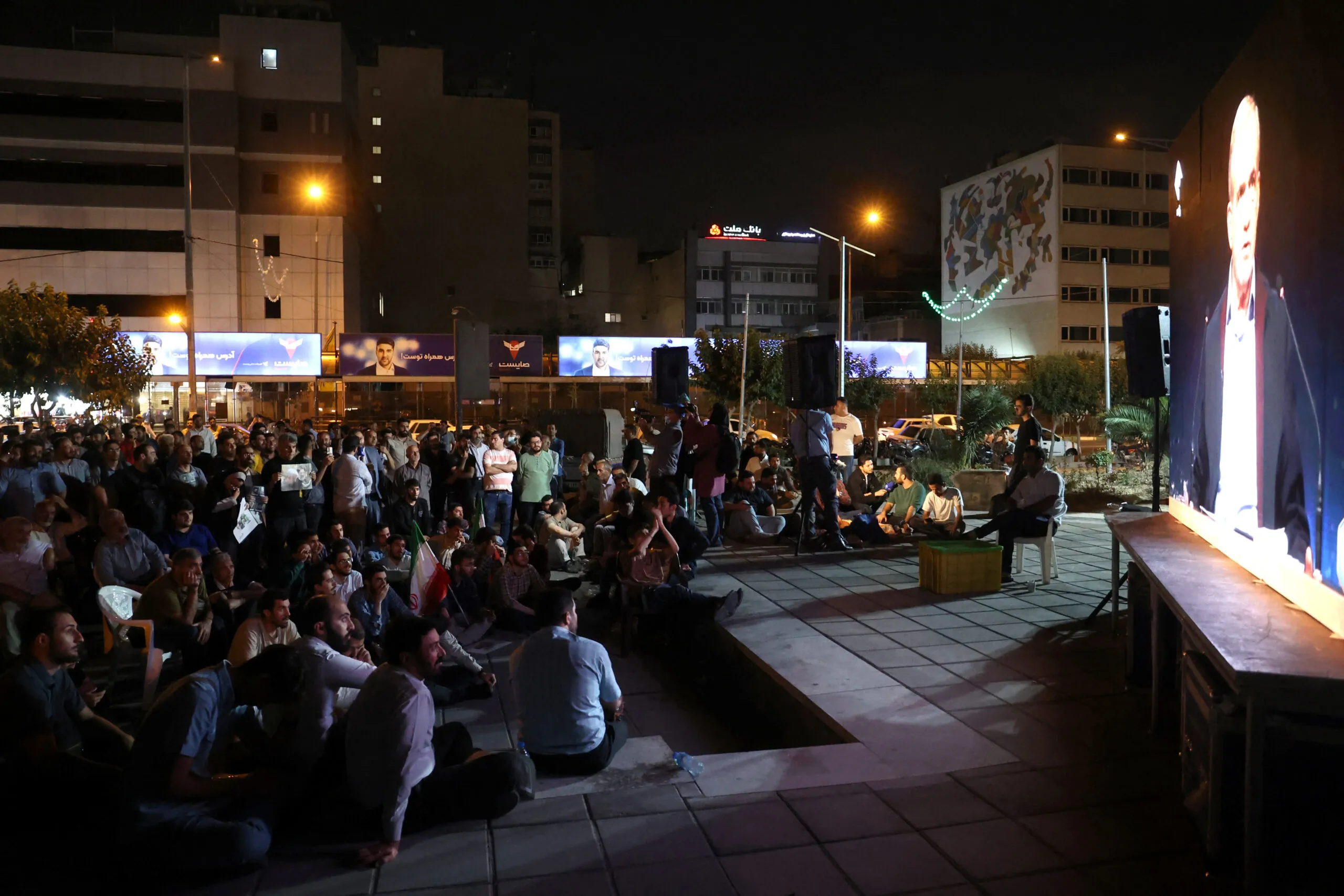Iran’s Patient Zero: The Islamic Republic
Strategic relations with China, domestic political considerations, and religious taboos all prevented an earlier and more effective response by the Iranian government toward the country's coronavirus crisis.
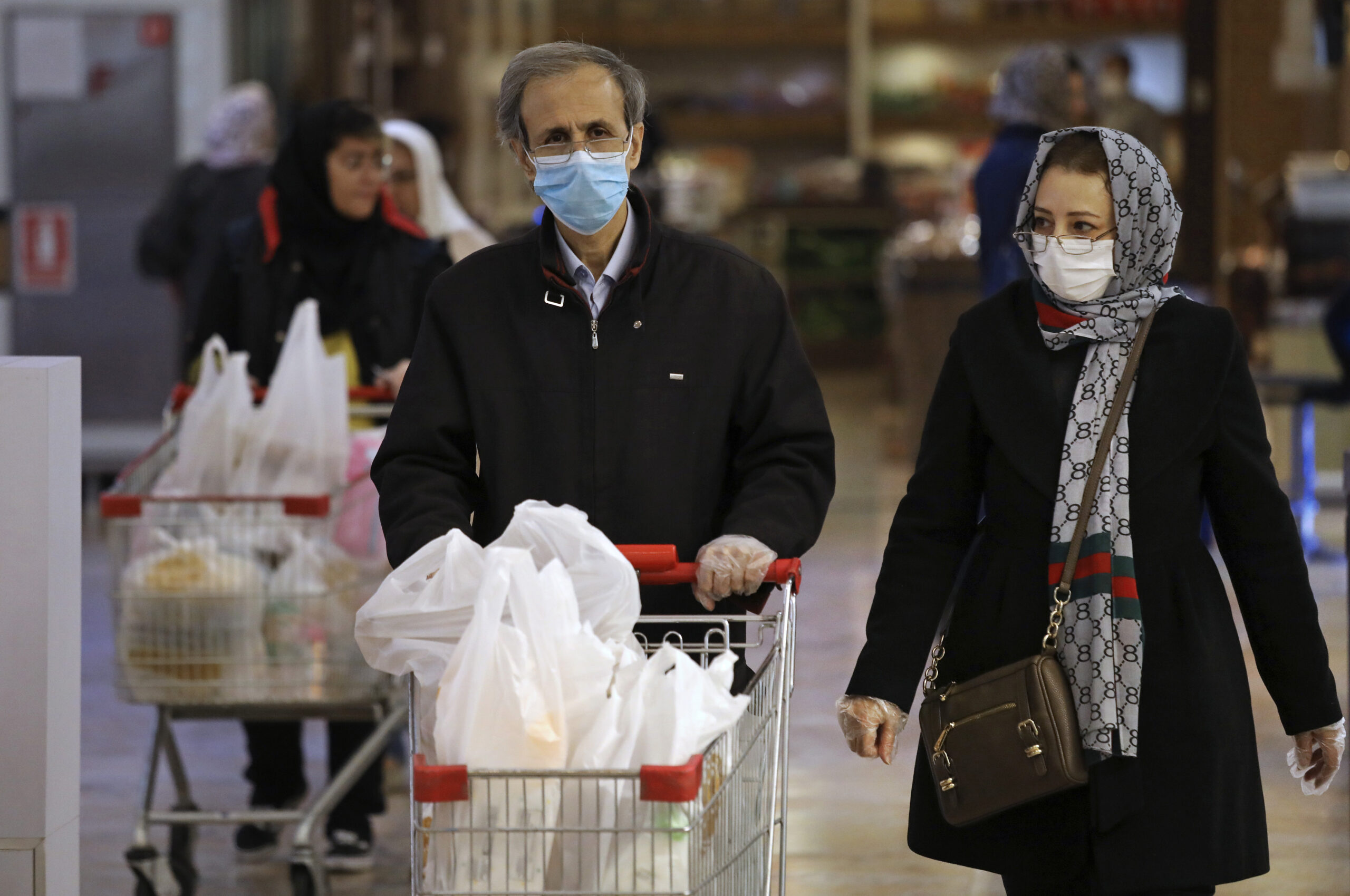
With 2,336 confirmed infections, 77 registered fatalities, and 435 people reportedly recovered, Iran is one of the countries hardest hit by the coronavirus. But what drives the contagion in Iran? While awaiting an epidemiological study of this phenomenon, a survey of government decisions in the early phase of the contagion demonstrates how strategic relations with China, domestic political considerations, and religious taboos all prevented an earlier and more effective response and propelled Iran toward this crisis.
It is unclear when the Islamic Republic authorities first became aware of the spread of the coronavirus to Iran, but Kianush Jahanpur, Health Ministry public relations director, in his first tweet regarding the virus, on January 25 warned a random health check of passengers arriving in Iran would not protect the country against the virus. Reza Jafarzadeh, Iran’s Civil Aviation Organization spokesman, on the other hand, claimed all passengers from China, the epicenter of the coronavirus, were subjected to a routine medical check, and the Health Ministry had not requested the suspension of direct flights between Iran and China.
That request came on January 31, as Saeed Namaki, Health and Medical Education minister, in a letter to Vice President Eshaq Jahangiri, demanded a temporary halt to direct flights between Iran and China. On the same day, he claimed those flights indeed were suspended. However, as other Twitter users pointed out, the privately owned Mahan Air, which was sanctioned by the U.S. Department of the Treasury in 2011 for its alleged links to “Iran’s support for terrorism,” continued its direct flights between Iran and China.
The difference of opinion among Health Ministry officials, the Civil Aviation Organization, and Mahan Air not only reflected opposing bureaucratic interests, but also Iran’s fundamental dilemma: prioritize public health and thereby antagonize Beijing, on which the diplomatically isolated Islamic Republic is increasingly dependent, or accommodate Beijing and risk the health of the citizenry. By allowing continued Mahan Air flights, the Islamic Republic opted for the latter.
Also, domestic political considerations played a role in preventing an early and effective response to the epidemic. On February 11, the Islamic Republic commemorated the anniversary of the 1979 revolution, staging ritualistic and highly choreographed rallies for the public to symbolically renew its allegiance to Supreme Leader Ayatollah Ali Khamenei. Judging by aerial video footage of the festivities, the major rally at Azadi Square in Tehran was not well attended. Nevertheless, in this instance, by trying to gather large crowds, the regime prioritized its domestic political considerations over public health concerns.
Those domestic political considerations continued in the days up to the February 21 parliamentary elections, despite the authorities’ awareness of the magnitude of the risk of contagion: According to Qatreh News, beginning February 17, videos of caregivers wearing disposable protective clothing in ambulances in Tehran were circulating on the internet giving rise to suspicion of infections. Additionally, a video was posted showing the deployment of the riot police in the holy city of Qom, which later emerged as the epicenter of infections in Iran.
On February 19, Mohammad Mehdi Gouya, the director of the Health Ministry Center for Epidemiological Disease Control, confirmed that two Iranian nationals in Qom were diagnosed with the coronavirus. On the same day, Ali-Reza Vahabzadeh, deputy health minister, reported that both patients had died due to “advanced age, respiratory diseases, and compromised immune system.” Dean of the Qom University of Medical Sciences Mohammad-Reza Qadir, who was well aware of the gravity of the situation, warned of the “spread of respiratory diseases in Qom,” and further said a local hospital was prepared for receiving patients and another was being readied as a backup.
On February 20, the eve of the parliamentary elections, two more patients from Qom and one patient from Arak were diagnosed with the coronavirus, and the very day Iranians headed to the ballots on February 21, 13 people, seven of whom were from Qom, were diagnosed as coronavirus patients. By February 22, 10 more cases were reported.
What must clearly have been identified as an epidemic did not interfere with the regime’s decision to go ahead with parliamentary elections. On February 23, Qadir on live television said he was not authorized to disclose statistical information about diagnosed and hospitalized coronavirus patients, which indicates the authorities did not want public awareness of the contagion to interfere with the elections.
Tellingly, Khamenei’s postelection statements, which also marked his first public reference to the coronavirus, focused a great deal more on the historically low 42% voter turnout than the virus. “This illness came handy, [for the opponents of the regime]” Khamenei said and continued: “The night before the election, the [enemy] began its propaganda by saying: ‘Don’t ever get in the line to vote … such and such danger threaten you. There is illness, sickness, and virus!’ But Qom, the alleged center of the epidemic, had the busiest ballots!”
Islamic Republic health officials were also involved in losing battles against religious authorities. On February 21, Jahanpur warned pilgrims against visiting Shia shrines, particularly in Qom, which by that time was identified as a center of the epidemic. The tweet may indicate the Health Ministry’s attempt within the Cabinet to impose a quarantine on the city of Qom, but on the same day, Mohammad Saeedi, Khamenei’s representative in Qom, responded: “The enemy is trying to depict the city of Qom as an unsafe place … We consider this holy shrine as the house of cure, meaning the people come here to heal their physical and spiritual ailments. This place must remain open, and the people must come …”
The Shia religious opposition to the Islamic Republic, which habitually accuses the regime of not being sufficiently religious, escalated its ideological battle against the Health Ministry and the regime by uploading videos of devote Shia Muslims kissing, and even licking, the gates of the shrine of a saint, who is believed by some to cure the sick.
On February 26, President Hassan Rouhani capitulated to the clergy in Qom by declaring he had no intention to impose a quarantine on Qom or any other city in Iran.
As the epidemic accelerated, the Islamic Republic authorities gradually adopted firmer measures by canceling most large public gatherings, including Friday prayers and school in Tehran and elsewhere. However, these measures can’t undo the damage already done. The continued flow of passengers to and from China, the regime encouraging large public gatherings to commemorate the revolution, proceeding with parliamentary elections, and the Cabinet’s inability to quarantine Qom created the conditions for an epidemic in which patient zero is none other than the Islamic Republic itself.
The views represented herein are the author's or speaker's own and do not necessarily reflect the views of AGSI, its staff, or its board of directors.
